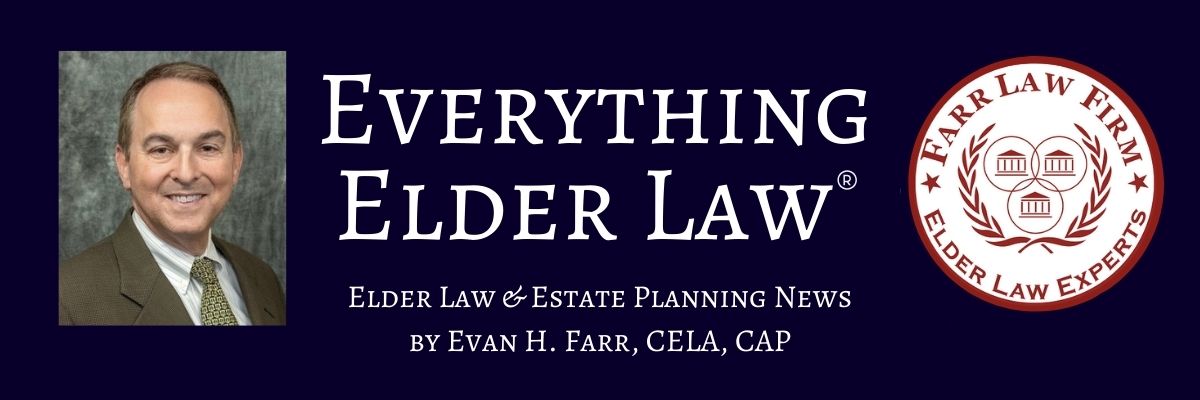 Sharon is a caregiver for her mother, Deedee, who is 81 years old and lives with dementia. Similar to many caregivers, Sharon balances the increasing caregiving needs of her mother with her other commitments, including her job. By day, Sharon works for a technology firm; by night, she is home with her mom. She moved in with her mom three years ago, when Deedee was first diagnosed with dementia. As Deedee’s health issues have increased, so does Sharon’s anxiety and stress. It is less about the actual care of her mom and more about how to balance it all.
Sharon is a caregiver for her mother, Deedee, who is 81 years old and lives with dementia. Similar to many caregivers, Sharon balances the increasing caregiving needs of her mother with her other commitments, including her job. By day, Sharon works for a technology firm; by night, she is home with her mom. She moved in with her mom three years ago, when Deedee was first diagnosed with dementia. As Deedee’s health issues have increased, so does Sharon’s anxiety and stress. It is less about the actual care of her mom and more about how to balance it all.
While Sharon’s employer allows her some flexibility, the expectation for her and her coworkers is to work long hours, often 50 or more a week. Prior to becoming her mother’s caregiver, that wasn’t an issue. Sharon loved her job and had the energy to devote to it. But since moving in with her mom, Sharon is exhausted. She has considered talking with her manager but doesn’t know where to begin or what to say. Sharon knows her mom depends on her, and that her mom is her first priority, so she must try her best to figure out a way to make it work. But how?
The Current State of Caregivers
This month, AARP released the report “Valuing the Invaluable: 2019 Update, Charting a Path Forward” examining the plight of caregivers similar to Sharon, and how the demands of family caregiving are becoming unsustainable for people to manage alone.
The research was last reported in 2015. Key findings from the 2019 report include:
Responsibilities of Today’s Caregivers
Today’s family caregivers have an array of responsibilities, including advocating for their relatives’ preferences and interests; dealing with health insurance claims; communicating and coordinating care with various health care and social service providers and care settings; providing transportation to medical appointments; and even hiring and supervising direct care workers when the individual or family can afford some paid help.
In addition to helping with self-care and other everyday activities and providing emotional and social support, family caregivers perform complex medical and nursing tasks (such as performing wound care, giving injections, and handling medical equipment) in the home. Most family caregivers receive little instruction or support in taking on complex medical and nursing tasks historically provided by trained home health care professionals in hospitals and nursing homes.
While family caregivers often experience positive effects and feelings of satisfaction and meaning, they also typically feel highly strained and overwhelmed and are at increased risk for chronic loneliness.
Trends in Family Caregiving
The AARP report also looked at some of the trends that have emerged regarding today’s caregivers. For those of you who are family caregivers, most of these will likely not come as a surprise.
• Caregivers are diverse: Today’s family caregivers come from every age, racial, and socioeconomic group, and include both men and women. Family caregivers are increasing in diversity. Nearly one in four is a millennial, 40% are men, and about 40% represent multicultural communities.
• Caregivers perform complex tasks: Family caregivers are increasingly involved in performing a range of complex care tasks, such as providing pain management, changing dressings, and managing medications—tasks that go beyond helping with traditional activities of daily living (such as bathing and dressing) and instrumental activities of daily living (such as paying bills and doing housework).
• Caregivers are often overextended: Most family caregivers (60%) are juggling paid work and caregiving, and trends suggest that with the aging of the baby boomers, an increasing share of family caregivers will be in the labor force in the future.
• Caregivers face substantial economic risk: Most family caregivers incur steep out-of-pocket costs related to caregiving, spending $7,000 on average in 2016. Family caregivers who disrupt their careers or leave the labor force entirely to meet caregiving demands can face substantial economic risk and both short- and long-term financial difficulties. Caregivers who stay in the workforce, without workplace benefits to support them, are likely to experience heightened financial and emotional stress.
• Demand is rising: Rising demand and shrinking families will increasingly strain family caregivers and those they care for. In 2010, there were 7.1 potential family caregivers for every person over age 80. By 2030, there may be only 4.1 potential caregivers for every person over age 80.
New Policies are Available to Help Family Caregivers
The aging of the population and its impact on families can no longer be viewed as a private, family-only issue. While significant federal and state policy changes have strengthened support of family caregivers, more crucial work still remains.
There have been some federal and state policy developments and meaningful steps, however, both in the public and private sectors, that have taken place since the release of the last “Valuing the Invaluable” report, as follows:
Federal Highlights:
• With the enactment of the Recognize, Assist, Include, Support, and Engage (RAISE) Family Caregivers Act, a national family caregiver support strategy is on the horizon.
• The Medicare and Medicaid programs continue to better identify and support family caregivers in health care and Long Term Support Services.
• Policy and training initiatives continue to evolve toward adopting person- and family-centered care, as well as toward strengthening the ability of health care and social service providers to recognize and engage family caregivers.
State Highlights:
• The Caregiver Advise, Record, Enable (CARE) Act has been enacted in 43 states and territories.
• There’s growing momentum and support for paid family leave in the workplace.
• Some states are beginning to provide financial relief for family caregivers.
Support a Caregiver During National Family Caregivers Month
Are you a family caregiver or do you know one? This month (November) is National Family Caregivers Month, a time to acknowledge the important role that caregivers play in caring for those who need assistance in one way or another. Anyone who is a caregiver knows that caregiving is an incredible responsibility and service that often goes unnoticed and un-acknowledged. Let National Caregivers Month be a starting point where we continue to support those caregivers in our personal lives and/or professional lives throughout the year. To the caregivers in our community, we acknowledge you. We thank you for all that you do in those quiet, private moments that no one sees.
For caregiving guidance and ways you can help support caregivers, please see our blog articles on caregiving here.
Caregivers and Loved Ones Need to Think About Long-Term Care in the Future
At the Farr Law Firm, we recognize that caring for a loved one strains even the most resilient people. If you’re a caregiver, take steps to preserve your own health and well-being. Part of taking care of yourself is planning for your future and for the future needs of your loved one.
Whether your loved one is years away from needing nursing home care, is already in a nursing facility, or is somewhere in between, the time to plan is now, not when your loved one is about to run out of money. Please don’t hesitate to call us at any time to make an appointment for an initial consultation:
Elder Law Attorney Fairfax: 703-691-1888
Elder Law Attorney Fredericksburg: 540-479-1435
Elder Law Attorney Rockville: 301-519-8041
Elder Law Attorney DC: 202-587-2797














Leave a comment
You must be logged in to post a comment.